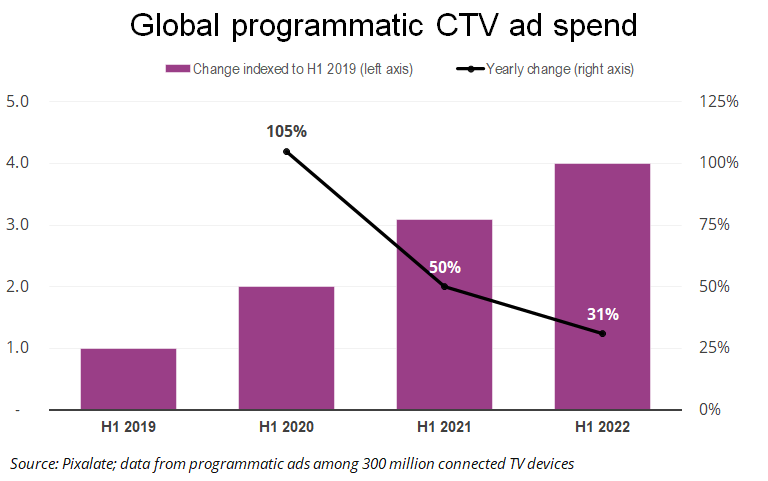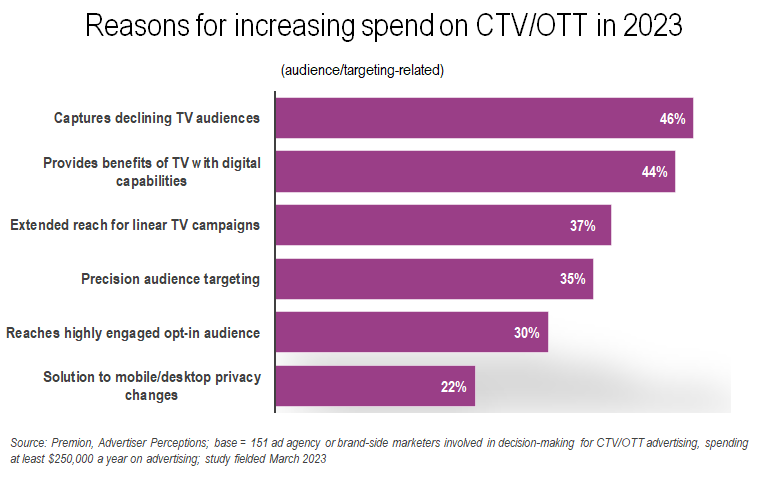Billions of dollars in advertising spending every year are handled among a digital network of buyers, sellers, marketplaces and many kinds of data providers. Parts of this network are undergoing what’s known as disintermediation, or removing the middlemen between buyer and seller.
Amid these shifts emerged in June a new brand, Nexxen, to bring together ad-tech company Tremor International’s supply-side platform Unruly, ad server Spearad and demand-side platforms Amobee and Tremor Video. This Beet.TV interview helps to explain why:
“We recently rebranded as Nexxen, really because it was important to bring the existing brands of Tremor, Amobee and Unruly into a single team and ultimately service for our customers,” Kara Puccinelli, chief customer officer at Nexxen, said in this interview with Beet.TV contributor Rob Williams.


“From a technology perspective, what that means is really starting to get a lot closer to the industry’s age-old challenge of trying to manage media holistically and plan that holistically,” she said. “What that means in terms of our solution is really having a unified interface and data space across the core technologies.”
Best Path to Ad Inventory
Similar to disintermediation, “supply-path optimization” is a term for the demand-side process of finding the shortest and most profitable path to ad inventory. That path gets even shorter when supply-side platforms and demand-side platforms remove each other from the supply chain between media buyers and sellers.
“As we see a lot of these trends with DSPs and SSPs trying to kind of disintermediate one another in the value chain, it’s important to really start to focus on what is the role of technology in terms of the outcomes we’re trying to achieve as an industry,” Puccinelli said.
Those outcomes include a positive consumer experience, revenue for advertisers and sales for publishers, she said.
“The challenge that we’re seeing is as publisher content is distributed on more and more platforms and we see more ‘walled garden’ strategies emerging, there’s a lot of fragmentation,” Puccinelli said. “These types of things create real challenges in the overall experience for the viewing consumer: annoying frequency and ad repetition.”
Reaching What Used to Be Unreachable
As viewers shift their viewing among streaming services that don’t show any advertising to typically lower-priced or free services that have commercial breaks, advertisers have an opportunity to reach formerly unreachable cord-cutter and cord-never households.
“For the first time, we’re seeing consumers agreeing to watch ads in exchange for free content and they’re doing so at a much increased pace,” Puccinelli said. “If we take all of that and we go back to what we need to solve for: sellers want to trust that their inventory is being sold effectively, and buyers want to make sure that what they’re buying is ultimately being delivered in an effective way to their consumers.”
You’re watching “Convergent TV at a Moment of Change,” a Beet.TV Leadership Series presented by Nexxen. For more videos from this series, please visit this page.
































